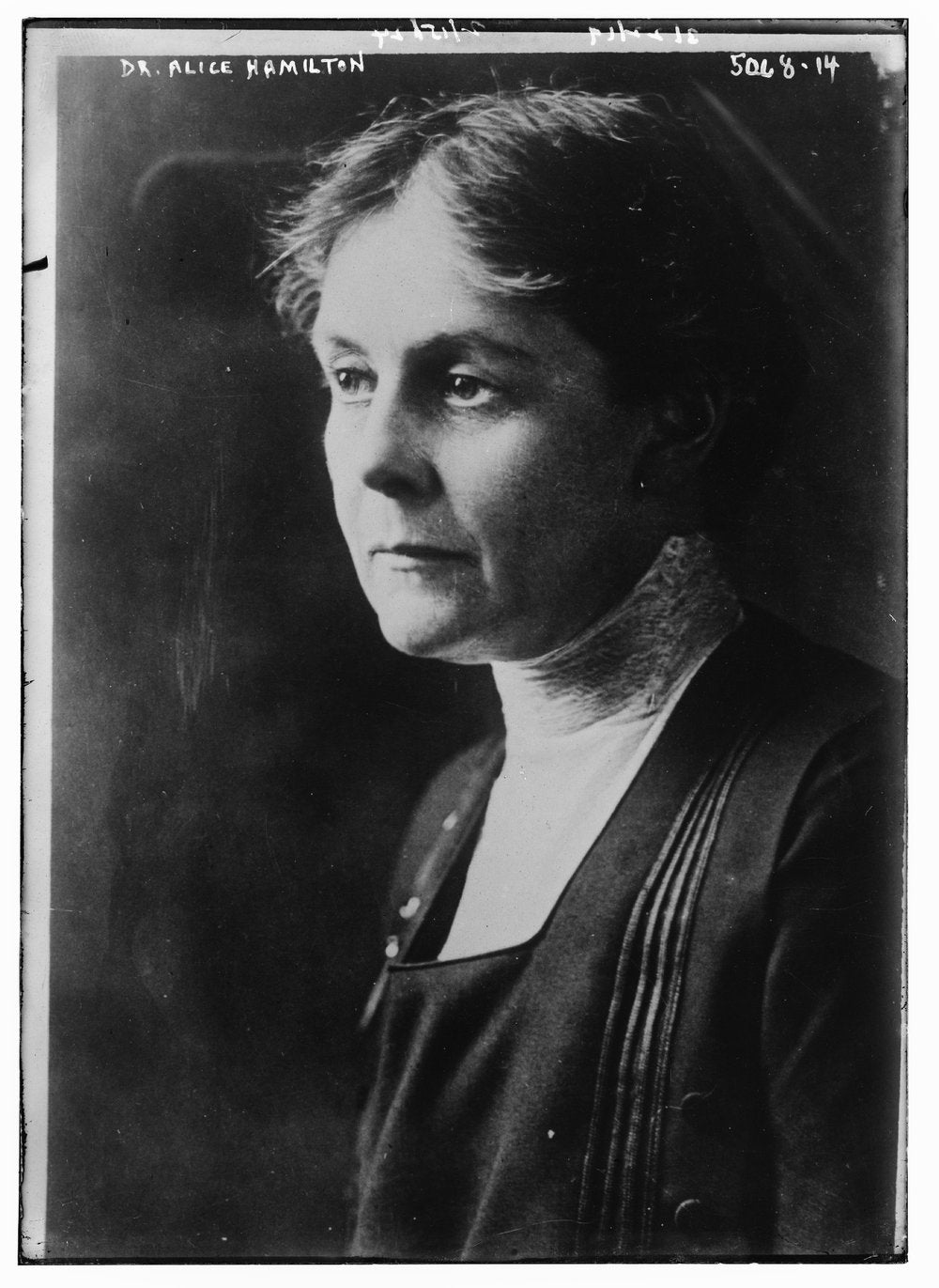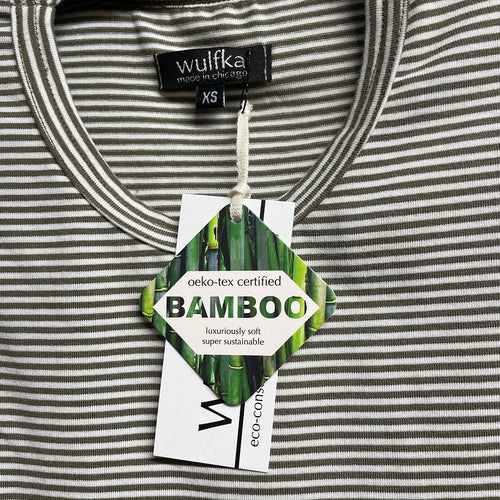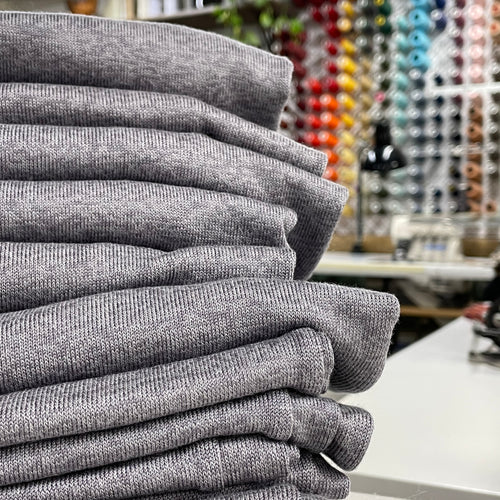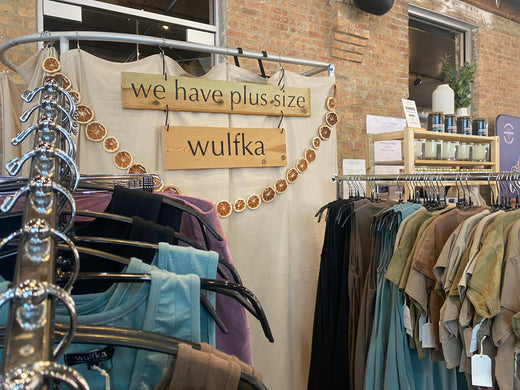Currently obsessed with: Alice Hamilton

I make a big deal about most of my fabric being Oeko-Tex Certified (nothing nasty in the dyes or finishes) because the fashion industry is still staggeringly opaque about its use of harmful chemicals. And you'd be surprised where they turn up!
For example, do you remember how plastic bottles make a big deal out of being "BPA free" because BPA is a hormone disruptor? Well, Should you be worried about BPA in your sports bras and workout clothing? Who knows! Probably! Yikes!

Alice Hamilton (1869-1970) was nicknamed the "shoe leather epidemiologist" for personally visiting factories, reading medical charts, and interviewing workers about their exposure to hazardous materials.
In 1897, Hamilton, a fledgling doctor, moved to Chicago's Hull House: a settlement home founded by Jane Addams and other social reformers. Hamilton treated poor immigrants for diseases often resulting from poor working conditions.
Industrial poisoning could be difficult to recognize since symptoms sometimes took years to manifest. Mercury poisoning from felt hats caused jerking of arms and legs and mental illness. Young women who made matches suffered "phossy jaw," complications from breathing phosphorous that might necessitate removing the lower or upper jawbone. Lead, the most common industrial toxin, could cause convulsions, paralysis, loss of appetite and weight, constipation, anemia, fatigue, and premature senility among other symptoms.
Hamilton probed the factories around Hull House and throughout Illinois. Her work proved the connection between occupation and illness. In 1911 the Illinois legislature passed an occupational disease law that forced businesses to take stringent safety measures and perform regular medical exams in the "dangerous trades." Hamilton was made a federal agent by the Commissioner of Labor to do the same work for the entire nation. By 1915 she was the foremost expert on lead poisoning in the United States and a prominent specialist in industrial disease.
Hamilton retired in 1935 but continued social activism for the rest of her life. I first heard of her in a podcast episode from WBEZ's Curious City.
Outsourced production does not include labor rights
China produces 65% of the world's clothing. A 2018 report from the UK's Consumer Product Safety Commission found alarming amounts of hazardous chemicals in cheap clothing made in China. The #1 most common? Lead. LEAD you guys.
That's so bad for people who wear these clothes! That's HORRENDOUS for the folks who have to make the clothes! Alice Hamilton is very disappointed in us.
I think fabric dye & processing is going to be my theme this year. It's woefully underregulated, under-researched, and not in the public consciousness. Through natural dye and prioritizing Oeko-Tex Certified fabrics I believe I'm lightyears ahead of most of my competitors, but I lack hard evidence to back that up.




